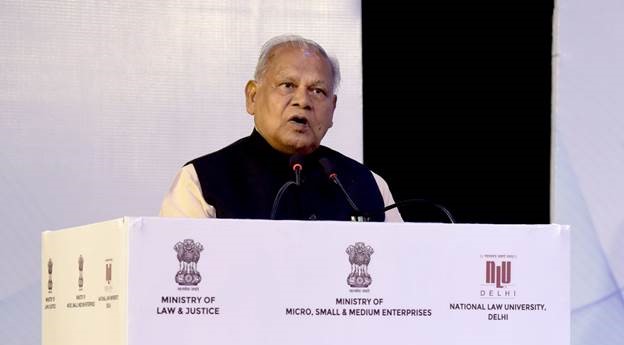A new U.S. sanctions bill aimed at countries that continue to buy energy from Russia is causing concern among Indian businesses and policymakers. Backed by a large group of U.S. Senators and supported by President Donald Trump, the bill proposes up to 500% tariffs on goods from nations that still import Russian oil, gas, or uranium.
India, now among the top buyers of Russian crude oil, is caught in a tense economic and diplomatic situation.
The Benefits vs New Challenges
India has sharply increased its intake of cheaper Russian crude oil in the last two years. Before the Ukraine conflict, Previously, Russian oil made up less than 1% of India’s total imports, but today, it accounts for more than 40%. This move has helped India save on import costs and ease inflation at home. Private refiners like Reliance Industries and Nayara Energy have been major players in this shift.
However, the benefits could soon be offset by new challenges. A proposed U.S. law would allow authorities to impose steep tariffs on goods from countries that continue buying Russian energy, even if those exports have nothing to do with oil.
Indian Export & The U.S.
The United States is India’s biggest export destination, with a wide range of goods sent each year, from medicines and garments to jewellery and automobile parts.
“Even a steep tariff on a few products could seriously damage our price edge,” said a senior member of a prominent Indian trade group.
“The unpredictability alone may push American buyers to look elsewhere.” He added.
In addition to this, many experts also caution that the hardest-hit would likely be on smaller exporters and industries that rely heavily on manual labour, particularly if the new law doesn’t offer clear exceptions or relief measures.
The Impact on India-U.S. Trade Talks
The possibility of steep U.S. tariffs has added a new layer of difficulty to the ongoing trade discussions between India and the United States. While there has been some progress recently, talks are still stalled on key issues such as agricultural imports, liquor market access, and rules around digital trade.
Negotiators had been aiming to wrap up a limited trade deal by the end of the year. However, the fresh push for sanctions could slow down that process or place added pressure on India to scale back its oil purchases from Russia.
Industry Response and Risk Mitigation
In response to the potential tariff threat, many Indian exporters are beginning to look at alternative markets to lessen their dependence on the U.S. Some are focusing on strengthening trade ties with regions like the European Union, Southeast Asia, and the Middle East.
At the same time, trade associations and business groups are urging the government to engage in dialogue with U.S. officials. Many are hoping that, if the bill moves forward, there will be room for exemptions or special provisions that protect Indian interests.
What Lies Ahead
The coming weeks will be important for Indian businesses. While the proposed bill is gaining support in Washington, its exact wording and reach will ultimately decide how deeply it affects trade globally.
For now, Indian policymakers face a tough choice, balancing the immediate savings from discounted Russian oil with the long-term risks of straining ties with one of the country’s most important export destinations.
Read More: Indian Diaspora Sends Record $135.46 Billion in Remittances in FY 2024-25























